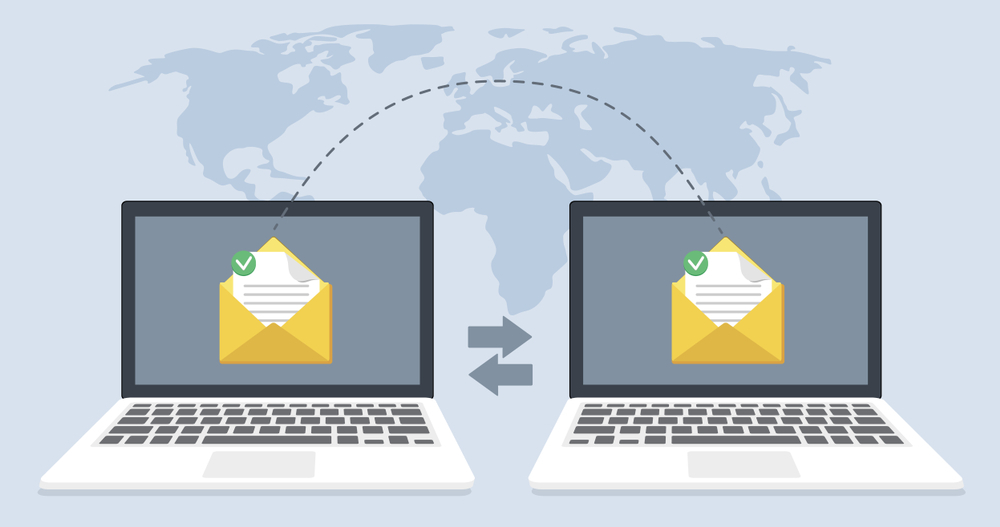Migrating to a New Email Provider: Key Considerations
Migrating to a new email provider is a significant undertaking that requires careful planning and execution to ensure a smooth transition and minimal disruption. Here are the key considerations to keep in mind during this process:
1. Pre-Migration Planning
A. Assess Your Needs
- Identify Objectives: Clearly define why you are migrating (e.g., better features, cost savings, improved security).
- Evaluate Requirements: List the features and capabilities your organization needs in a new email provider.
B. Inventory and Audit
- Current Email Data: Conduct an inventory of existing email data, including emails, contacts, calendars, and attachments.
- Usage Patterns: Understand how your organization uses email, including common workflows and critical integrations.
C. Choose the Right Provider
- Features and Capabilities: Ensure the new provider offers the features you need.
- Security and Compliance: Verify that the provider meets your security requirements and complies with relevant regulations (e.g., GDPR, HIPAA).
2. Data Preparation
A. Data Cleaning
- Remove Redundant Data: Clean up unnecessary or duplicate emails to streamline the migration.
- Organize Data: Structure email data in a way that facilitates smooth migration (e.g., archiving old emails).
B. Backup
- Create Backups: Make comprehensive backups of all email data before starting the migration process.
- Verify Backups: Test the backups to ensure they can be restored if needed.
3. Planning the Migration
A. Choose a Migration Method
- Manual vs. Automated: Decide whether to use manual migration or automated tools.
- Third-Party Tools: Consider third-party migration tools that can simplify the process and reduce errors.
B. Migration Phases
- Pilot Migration: Start with a small group of users to test the migration process and identify potential issues.
- Full-Scale Migration: Gradually migrate the rest of the users in phases to minimize disruption.
C. Timing
- Schedule: Plan the migration during off-peak times to minimize impact on productivity.
- Downtime: Communicate any expected downtime to users and plan accordingly.
4. Technical Considerations
A. Compatibility
- Data Formats: Ensure that email data formats are compatible between the old and new systems.
- Integrations: Verify that existing integrations (e.g., with CRM, project management tools) will work with the new provider.
B. DNS and MX Records
- Update DNS: Plan to update DNS records to point to the new email provider.
- MX Records: Ensure that MX records are correctly configured to route emails to the new system.
C. Email Clients and Devices
- Configuration: Provide instructions for configuring email clients and devices with the new provider.
- Support: Offer support for users facing issues with reconfiguration.
5. Security and Compliance
A. Data Protection
- Encryption: Ensure that email data is encrypted during transit and at rest.
- Access Controls: Implement strict access controls to protect sensitive information during migration.
B. Compliance
- Legal Requirements: Ensure that the migration process and the new provider comply with all relevant legal and regulatory requirements.
- Audit Trails: Maintain audit trails to document the migration process for compliance purposes.

6. User Training and Support
A. Communication
- Inform Users: Keep users informed about the migration timeline, what to expect, and any actions they need to take.
- Feedback Channels: Establish channels for users to provide feedback and report issues.
B. Training
- New Features: Provide training on new features and capabilities of the new email system.
- Usage Guidelines: Offer guidelines and best practices for using the new email system effectively.
C. Post-Migration Support
- Help Desk: Set up a dedicated help desk to assist users with any post-migration issues.
- Documentation: Provide detailed documentation and FAQs to help users troubleshoot common problems.
7. Post-Migration Activities
A. Data Verification
- Check Integrity: Verify that all email data has been accurately migrated and is accessible.
- Functional Testing: Test key functionalities such as email sending/receiving, calendar events, and contacts.
B. System Optimization
- Performance Monitoring: Monitor the performance of the new email system to ensure it meets expectations.
- Fine-Tuning: Make necessary adjustments and optimizations based on user feedback and system performance.
C. Continuous Improvement
- Feedback Collection: Continuously collect feedback from users to identify areas for improvement.
- Ongoing Training: Provide ongoing training and resources to help users adapt to the new system.
Conclusion
Migrating to a new email provider involves multiple steps and careful planning to ensure a smooth transition and continued productivity. By addressing these key considerations, you can minimize disruptions, protect your data, and ensure that the new email system meets your organization’s needs. Proper planning, thorough testing, user training, and ongoing support are essential components of a successful email migration.

